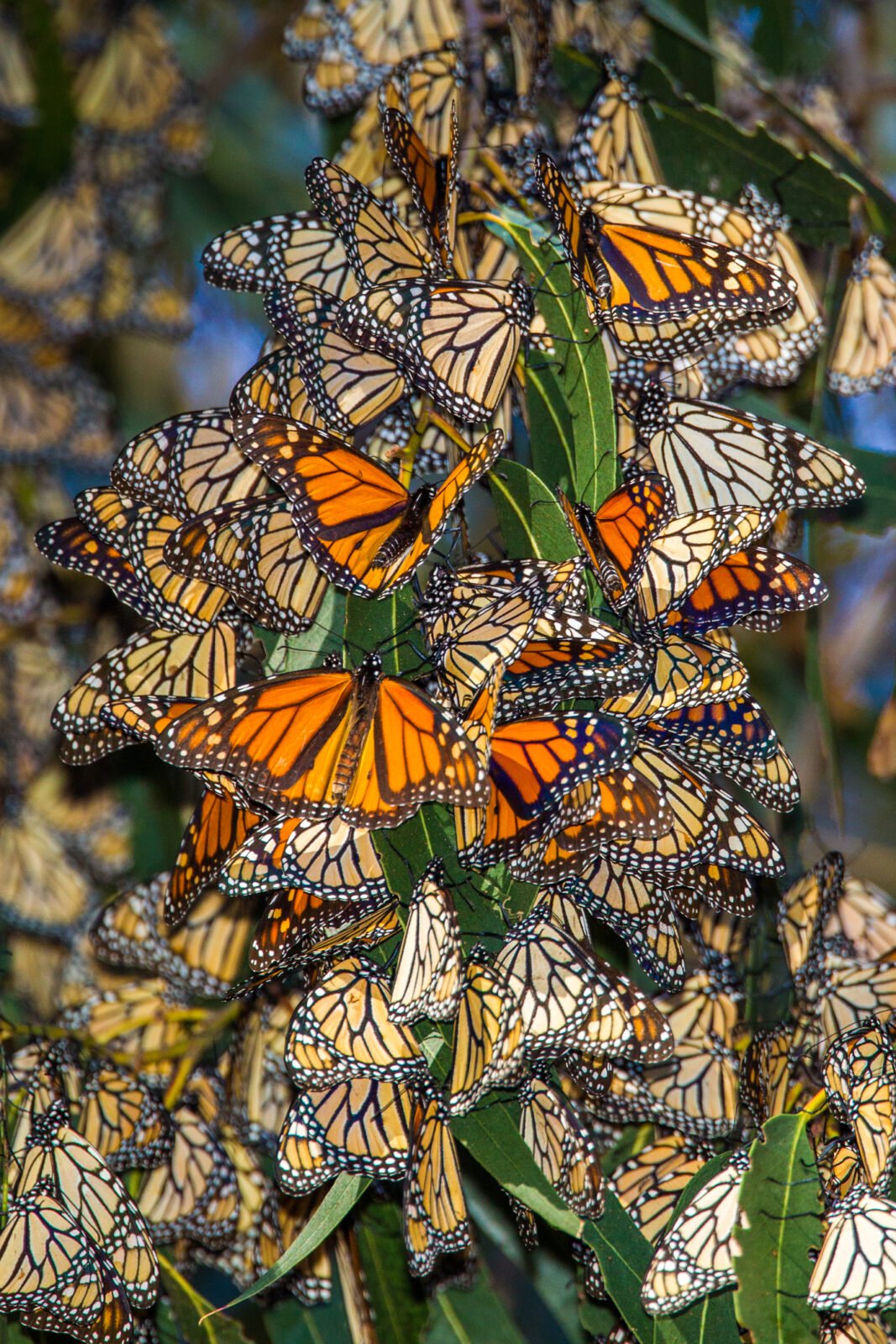
Native News Recap: 2022
Here’s a native news recap looking back at some of the biggest native plant news stories of the...
Still looking for New Year’s resolutions that you know you can keep? How about resolutions for your native garden! As we all start dreaming of spring, try to keep these resolutions in mind.
Congratulations! You did your part to “Leave the Leaves” this past fall season, but when that spring-cleaning itch comes along, it may not be the right time to rake those leaves just yet. Overwintering pollinators and other insects only emerge when the weather is right. Of course, weather and temperature conditions vary wildly across the country, so the Xerces Society has gathered some good tips for judging when it’s safe to clean up the leaves in your area.

If you also left flower stems standing over the winter, that’s great! Hollow flower stems provide excellent protection for bees and other insects throughout the winter. If you’re wondering when it’s safe to cut those stems back, the Tufts Pollinator Initiative says you should try to keep those stems for two years if you can. Remember, this spring’s new growth will quickly hide the older stems.
If you’re new to native gardening, deciding where to start and what to prioritize can feel overwhelming. However, one thing that all native gardeners can agree on is the importance of eliminating invasive plants and replacing them with native plants. A great place to start is with the “Dirty Dozen,” 12 invasive plants that have been wreaking havoc for years.

It’s also good to know what other plants beyond these 12 are considered invasive in your area. The USDA can help you identify invasive plants in your region or state.
One of the most rewarding aspects of a native garden is that it helps to support native pollinators. Try to include both early-spring-blooming as well as late-fall-blooming plants to ensure there are pollen and nectar sources when most other plants aren’t blooming.

Who doesn’t love sitting outside and watching the butterflies flit from one flower to the next? We plant flowering shrubs and perennials to attract beautiful insects to our garden, but let’s not forget to support the reproductive cycle of these same insects. The flowers that they feed from may not be the same plants that support their larvae, which is why we should all aim to plant more larval host plants. The easiest way to do this is to try and incorporate more Keystone Species into our gardens. Keystone Species have been identified as those that support the largest number of butterfly and moth larvae, the basis of strong, biodiverse food webs.
If you want your backyard habitat to be complete, we recommend adding a water feature. In order to attract wildlife to your garden, their basic needs must be met: food, shelter, and water. If you already have a natural stream or pond in your backyard, then nature has already provided water for you. If not, then adding even a simple bird bath can help sustain the needs of many creatures, including birds, small mammals, and even bees and other insects!

This list may seem like a lot, but choosing even just one of these New Year’s resolutions will help the native habitat in your backyard thrive!

Here’s a native news recap looking back at some of the biggest native plant news stories of the...
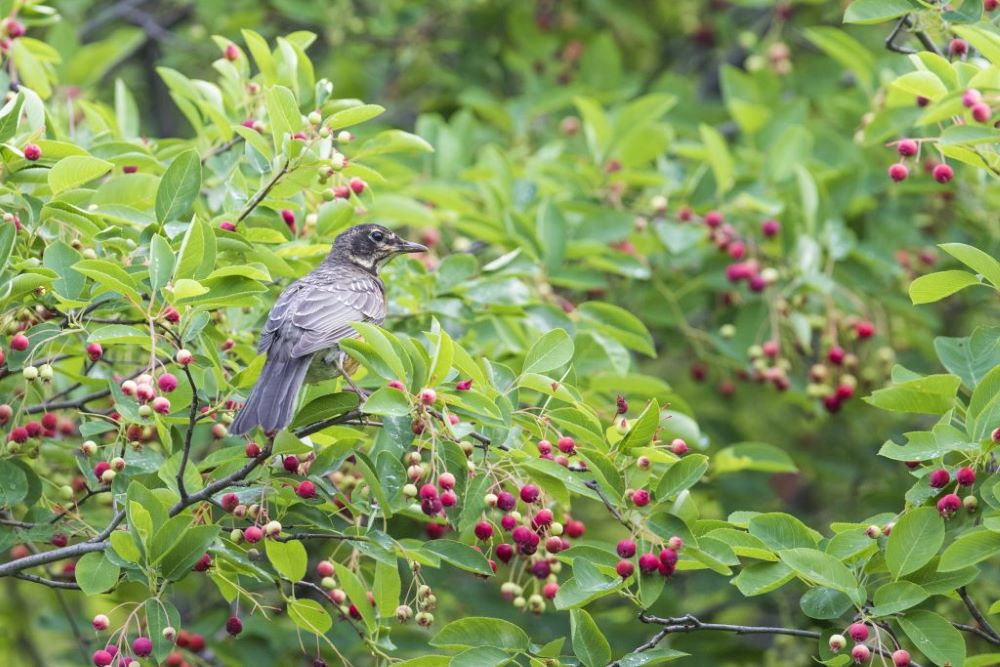
In the past we have emphasized the importance of keystone species in supporting bird populations,...
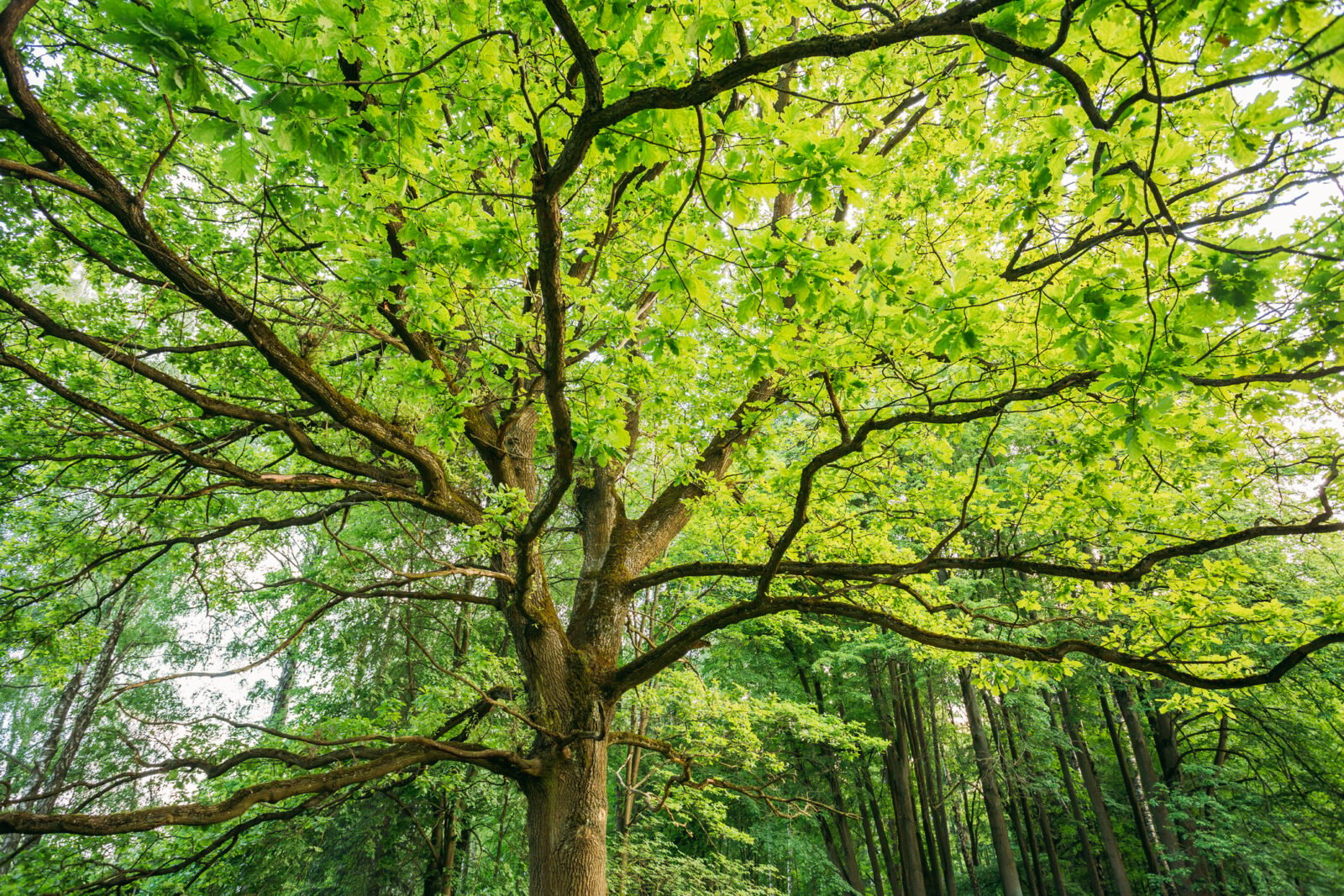
Perennials are the stars of most gardens, and no wonder! They provide a variety of shapes and col...
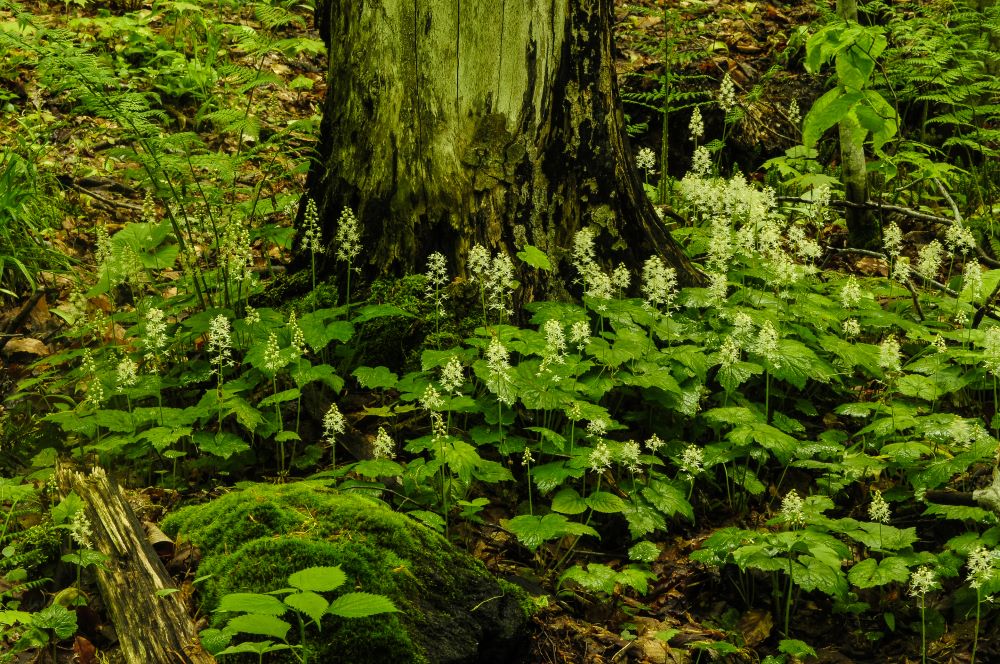
These native ground covers for shade make a perfect living mulch by holding in moisture, keeping ...
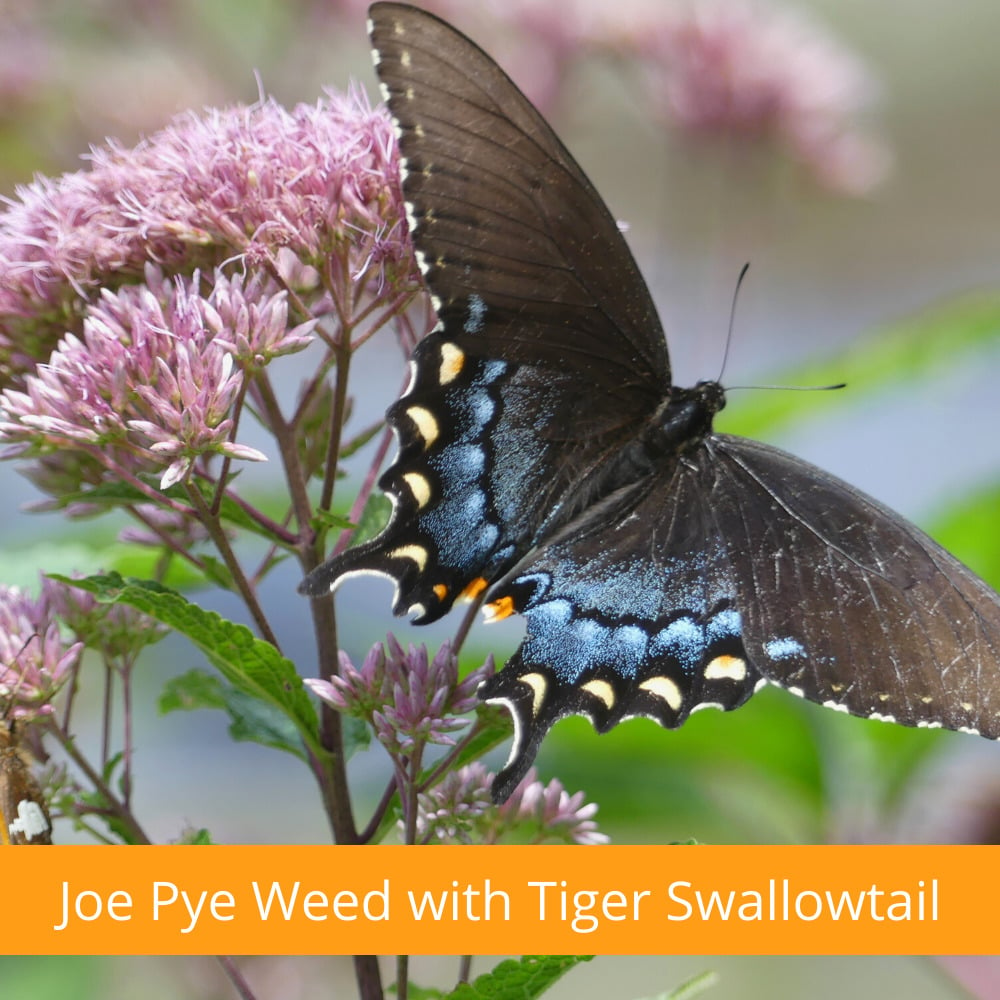
Gardening is ‘In’! Over the past two years gardening has suddenly become very popular with pe...
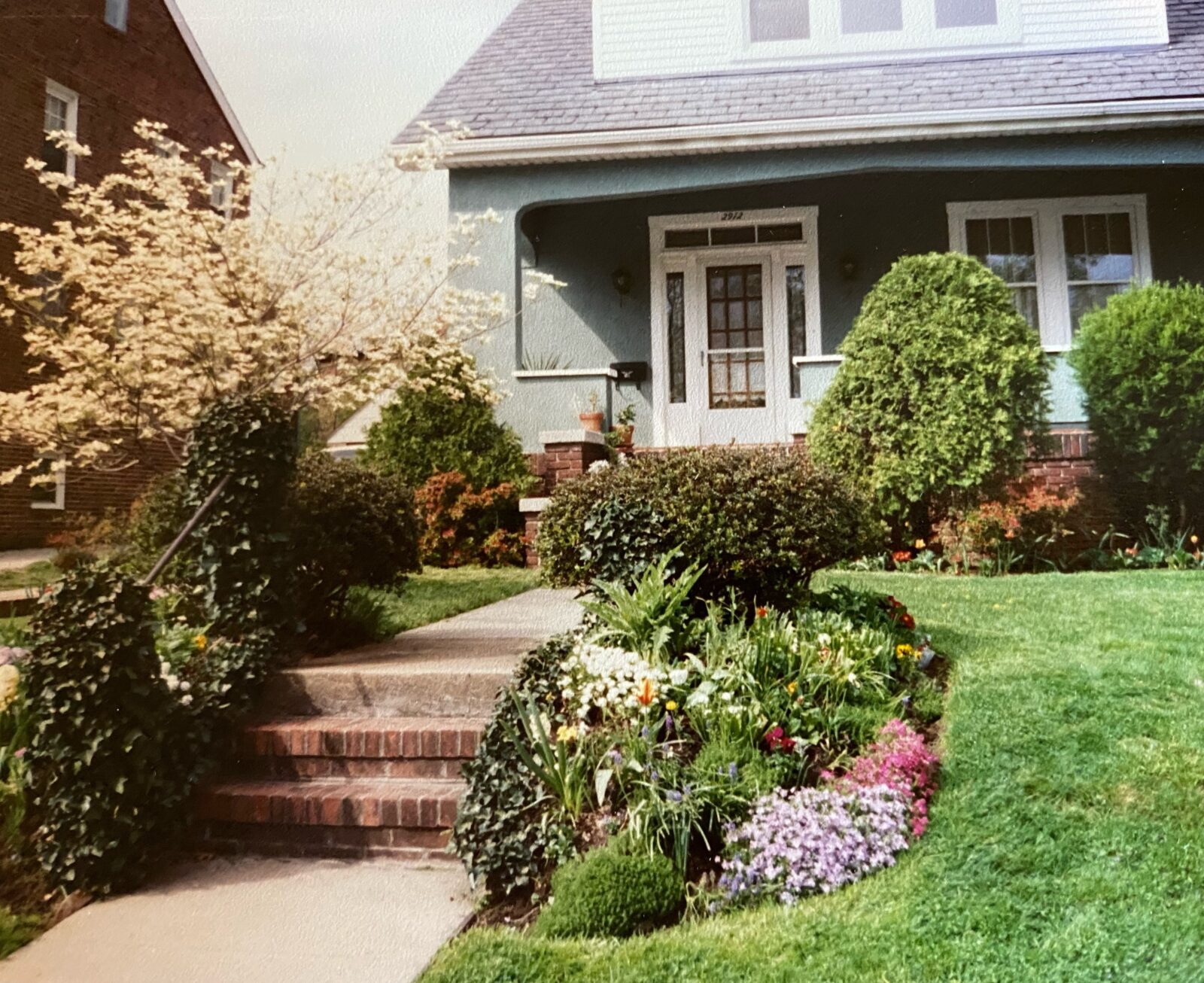
Mothers give us so much, but sometimes it takes a while for us to appreciate the gifts that we ca...
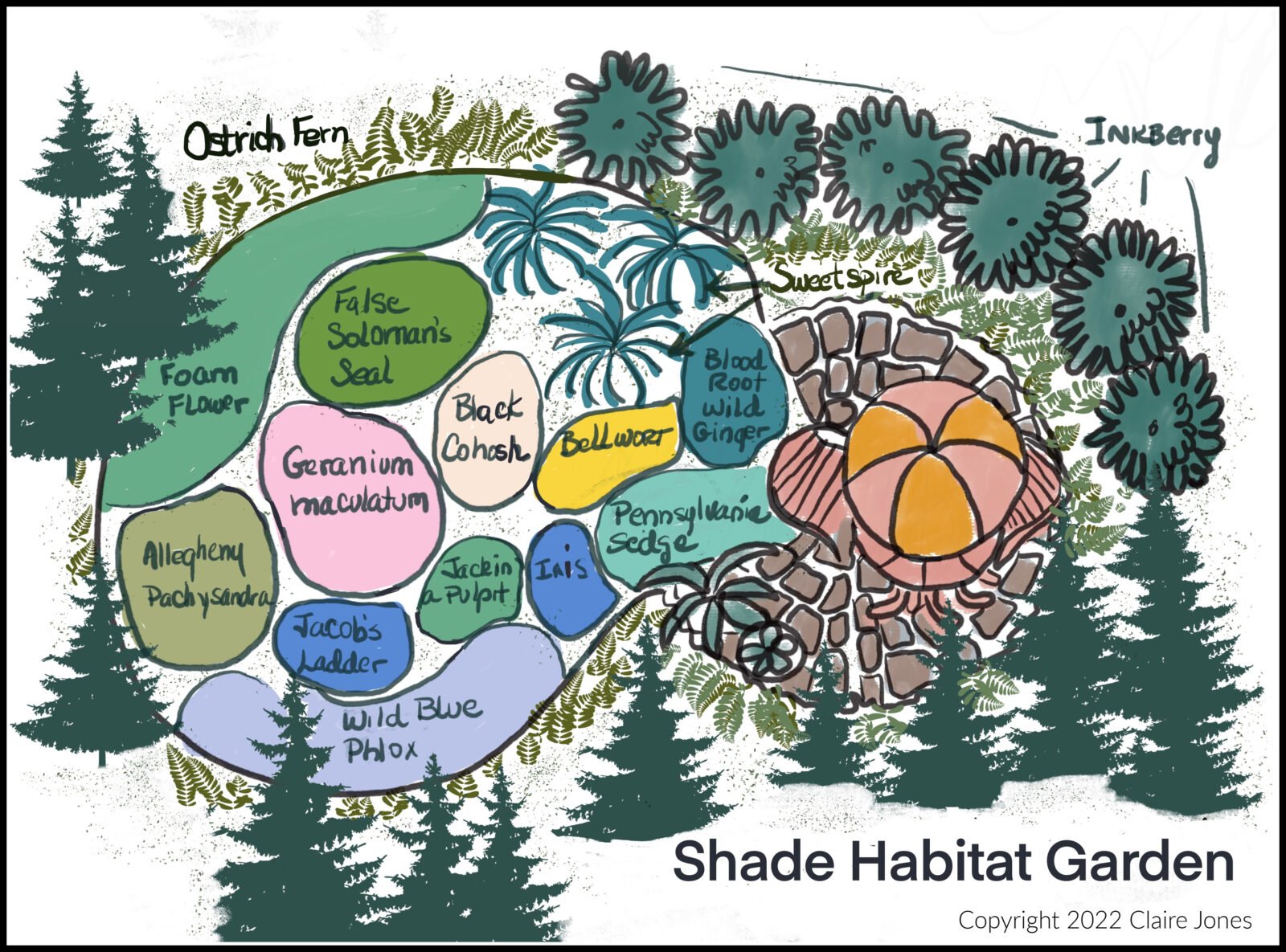
This is the second part of my Habitat Heroes Design series. The first part was a sunny garden of ...
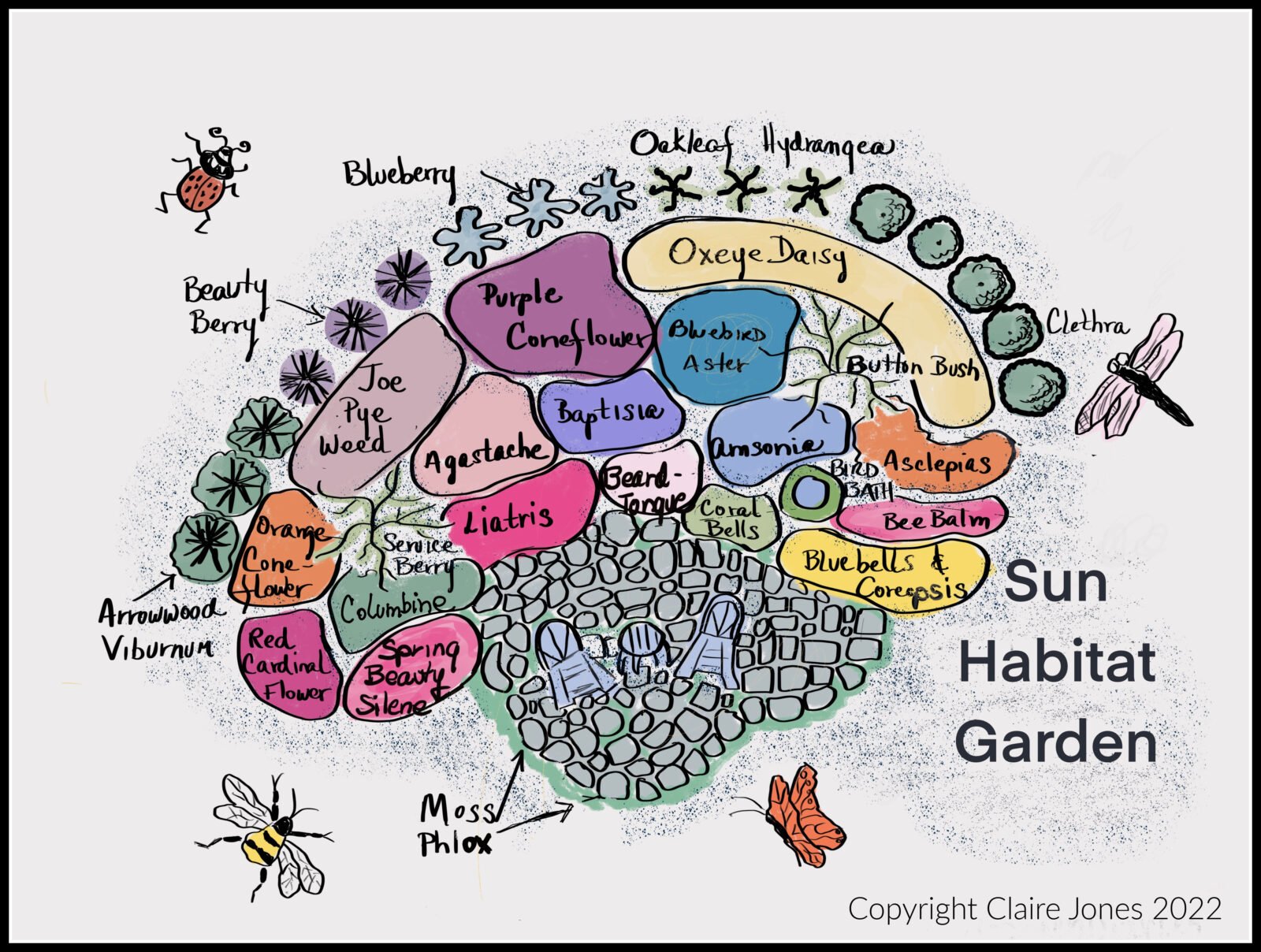
This blog post will cover how to design and install a Sunny “Habitat Hero Garden” with native...
Now Shipping for Spring 2024!